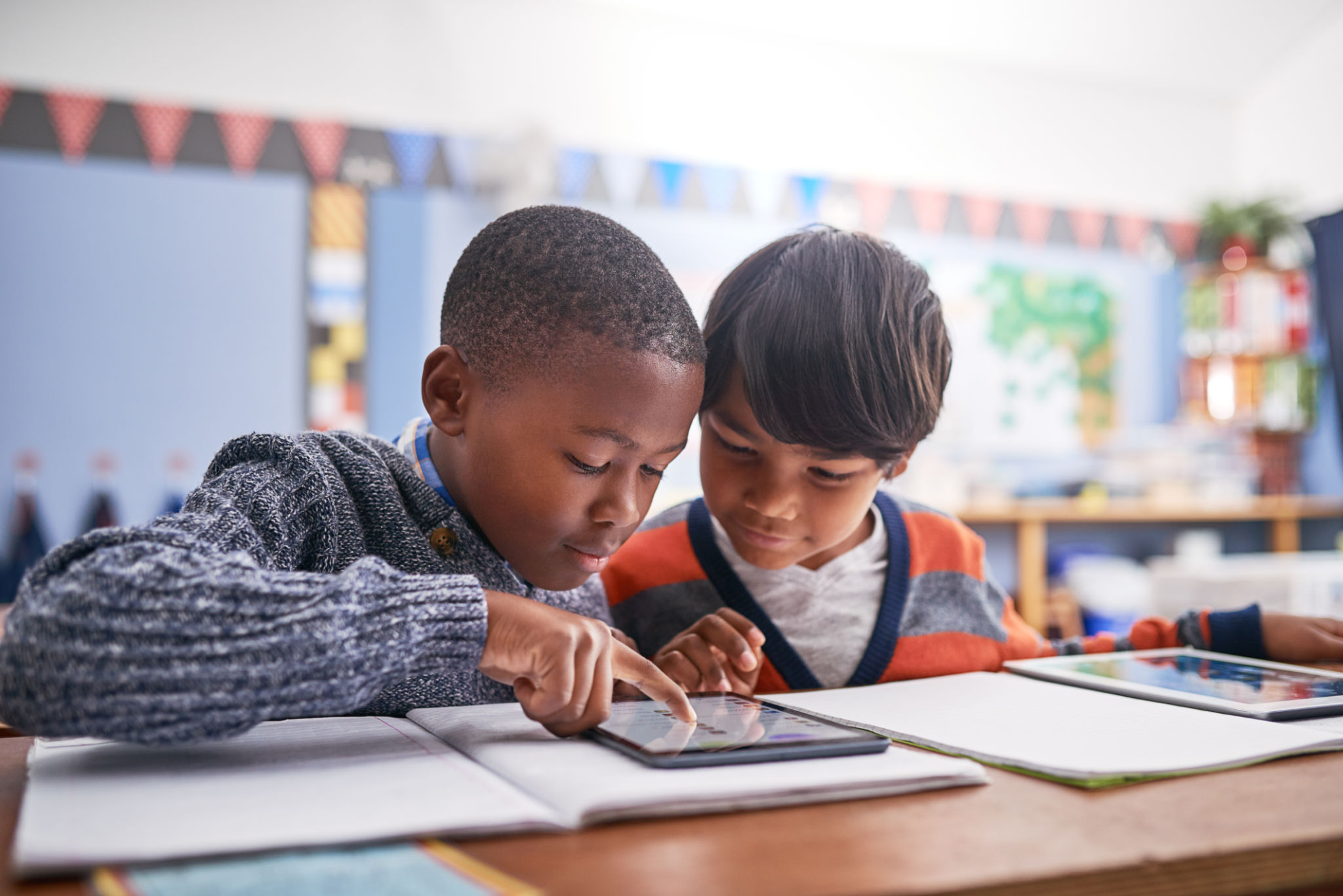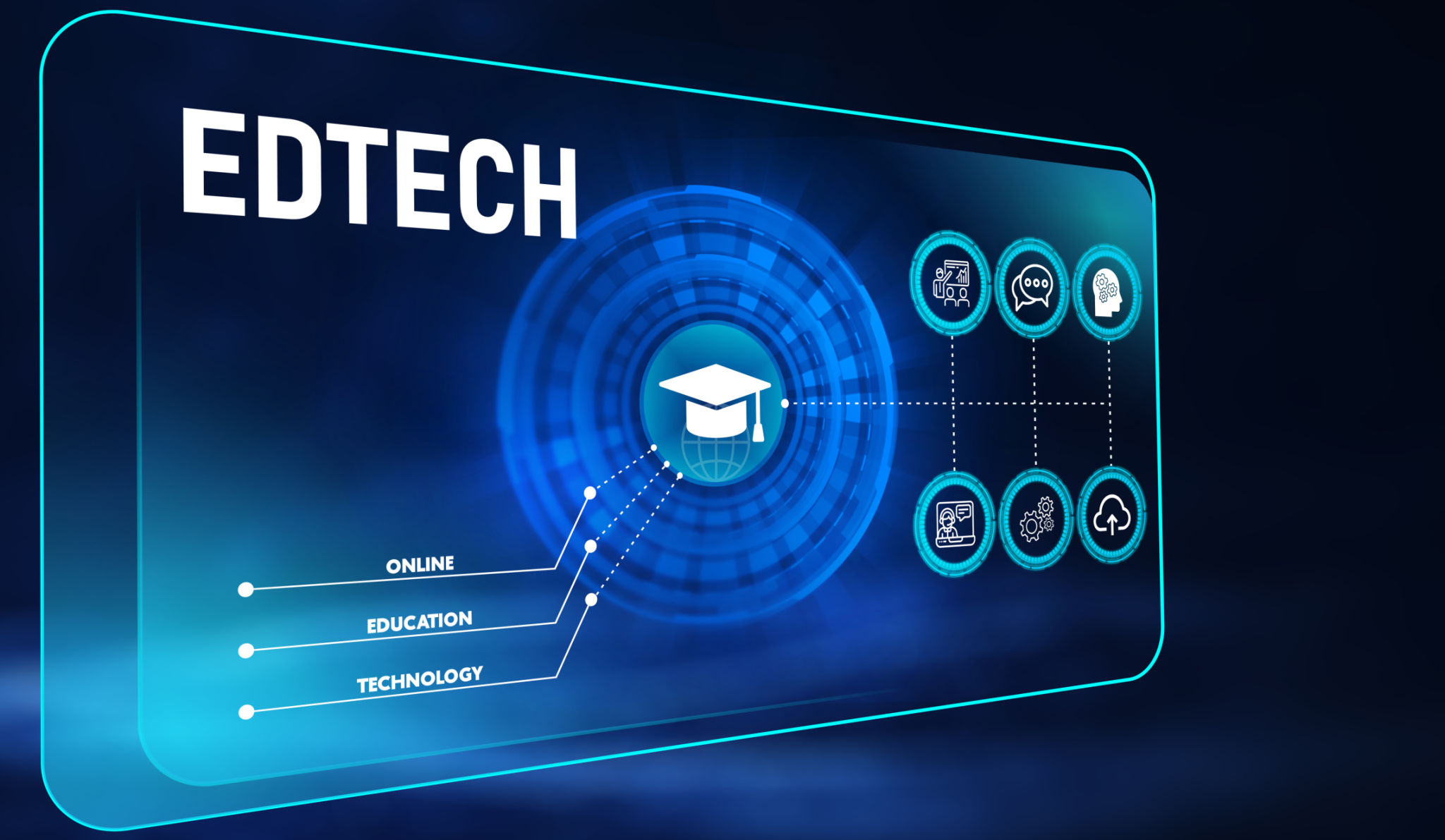A Comprehensive Guide to Implementing Technology in the Classroom
Understanding the Need for Technology in Education
In today's rapidly evolving world, integrating technology into the classroom is no longer optional—it's a necessity. With digital tools, educators can enhance learning experiences, engage students more effectively, and prepare them for a tech-driven future. Understanding the benefits of technology in education is the first step toward a successful implementation.

Assessing Your Current Classroom Needs
Before introducing new tech tools, it's crucial to assess the current needs of your classroom. Consider factors such as the age group of your students, the subjects you teach, and the existing technological infrastructure. This assessment will guide you in selecting the most appropriate tools and ensuring that they align with your educational goals.
Selecting the Right Tools and Platforms
With a plethora of educational technology available, choosing the right tools can be overwhelming. Focus on platforms that enhance collaboration, creativity, and critical thinking. Tools like Google Classroom, Kahoot, and Edmodo are popular choices that offer diverse functionalities to support various teaching methodologies.

Integrating Technology into Lesson Plans
Once you've selected the appropriate tools, it's time to integrate them into your lesson plans. Start by identifying specific learning objectives and determine how technology can help achieve these goals. For instance, using interactive simulations in science classes can make complex concepts more accessible and engaging for students.
Training and Support for Teachers
A successful technology implementation requires adequate training and support for educators. Organize workshops and training sessions to familiarize teachers with new tools. Provide ongoing support through online resources and peer collaboration to ensure that they can confidently use technology to enhance their teaching practices.

Ensuring Student Engagement and Inclusivity
Technology can significantly boost student engagement when used appropriately. Encourage active participation by incorporating interactive elements like quizzes and discussion forums. Additionally, ensure that all students have equal access to technology, addressing any potential barriers such as lack of devices or internet connectivity.
Evaluating the Impact of Technology
Regular evaluation is essential to measure the effectiveness of technology in the classroom. Collect feedback from students and teachers to assess the impact on learning outcomes and engagement levels. Use this data to make informed decisions about necessary adjustments or additional tools needed to optimize the learning environment.

Future Trends in Educational Technology
As technology continues to evolve, staying informed about emerging trends is crucial for educators. Augmented reality, artificial intelligence, and personalized learning are just a few examples of innovations that hold great potential for transforming education. Being proactive in exploring these trends will ensure that your classroom remains at the forefront of educational advancements.
In conclusion, successfully implementing technology in the classroom requires careful planning, ongoing support, and a commitment to continuous improvement. By embracing digital tools, educators can create dynamic and inclusive learning environments that equip students with the skills they need for future success.
